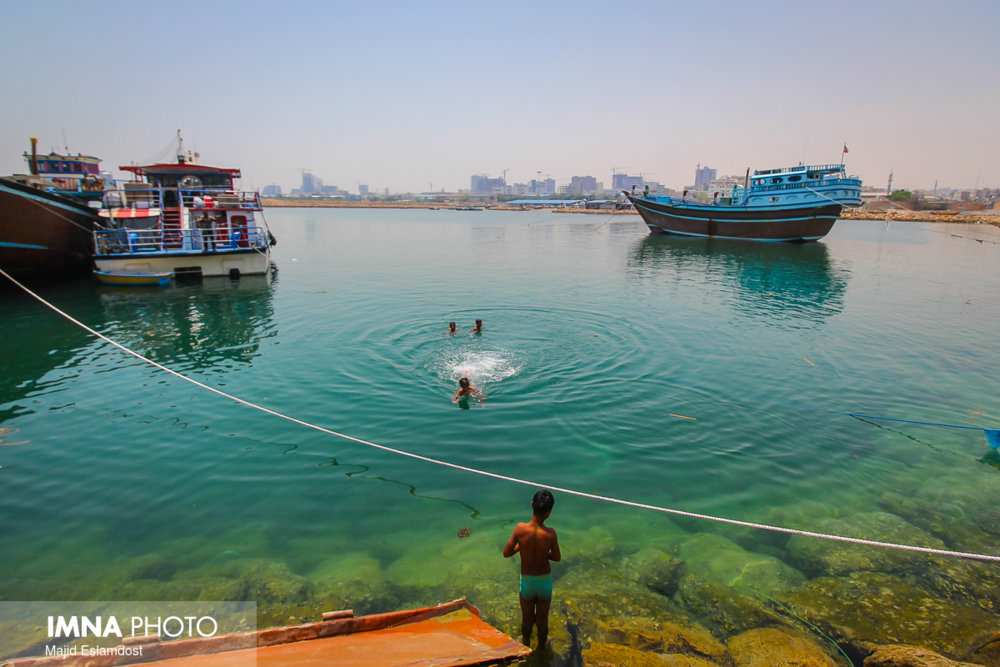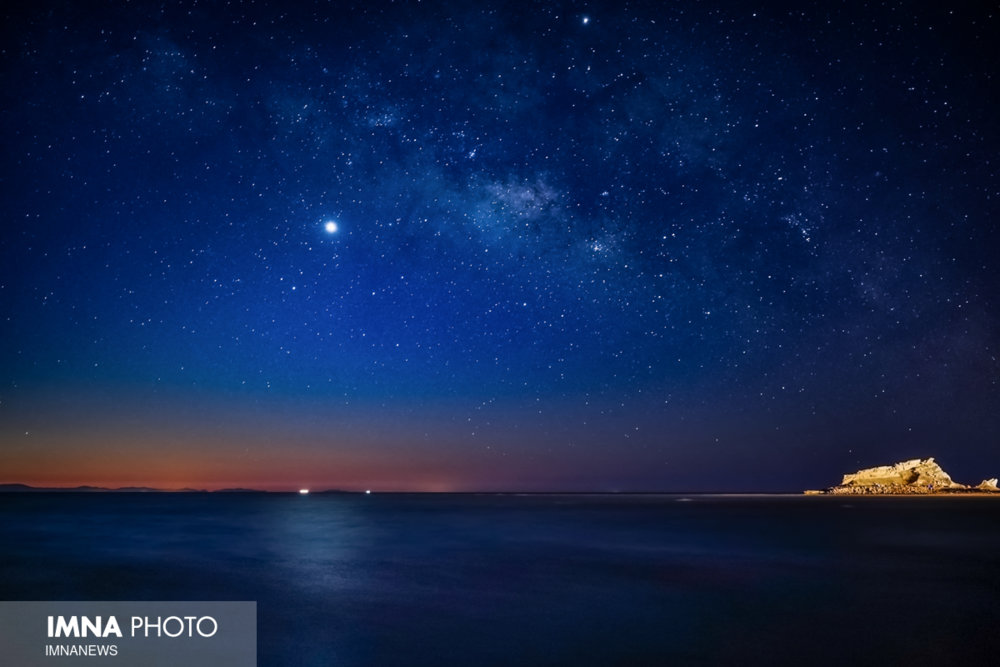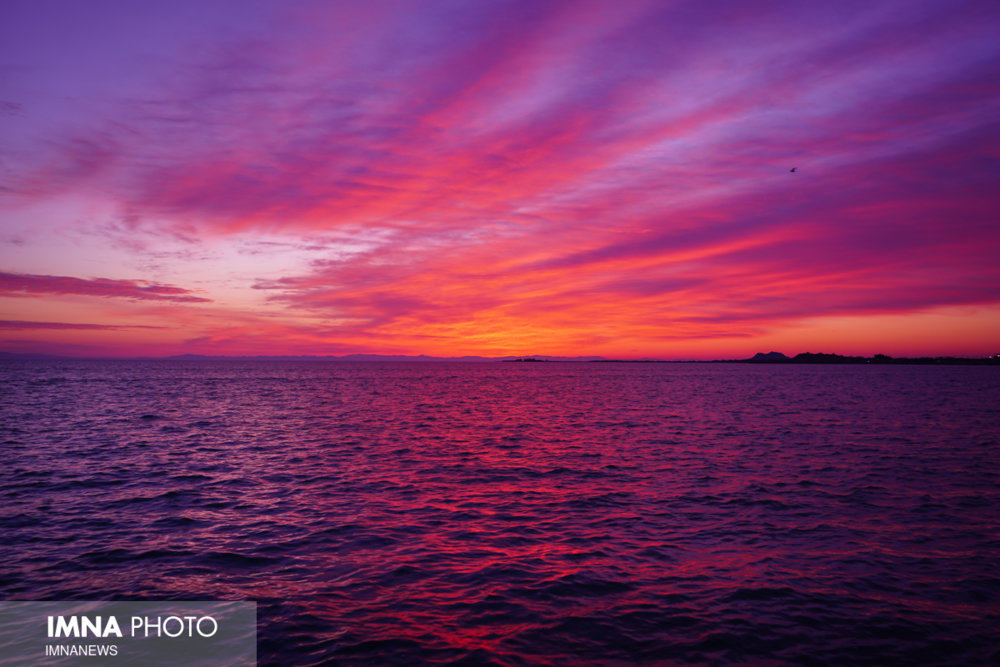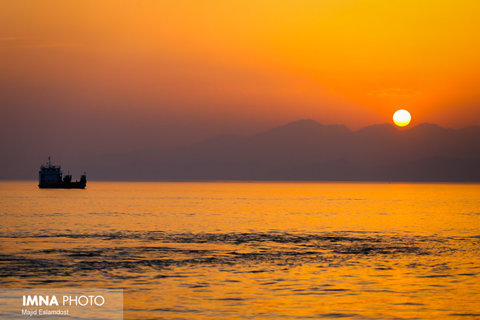Iran (IMNA) - The day marks the anniversary of forcing out the Portuguese navy of the Strait of Hormuz in the Capture of Ormuz (1622).
The Persian Gulf has an area of about 241,000 square kilometers. Its length is some 990 km, and its width varies from a maximum of about 340 km to a minimum of 55 km in the Strait of Hormuz.
It has its own environmental characteristics, as it is a semi-closed sea, aging 15,000 years, with an average depth of 35 meters, while being high salty with severe heat fluctuations, and an annual evaporation rate of 140 cm.

There are 2 species of dolphin and whale in the area, in addition to 1,100 species of fish and 5 species of turtle, the Persian Gulf also host to the second largest population of manatees, and 232 seaweed species and 4 million migratory birds annually, but today 240 important species and many habitats are under threat.
Oil production is to blame
Until the discovery of oil in Iran in 1908, the Persian Gulf area was important mainly for fishing, pearling, sailcloth making, camel breeding, and date growing.
Since World War II the Persian Gulf and the surrounding countries have come to account for a significant proportion of the world’s oil production. In addition, the area has approximately two-thirds of the world’s estimated proven oil reserves and one-third of the world’s estimated proven natural gas reserves. The region thus has acquired considerable strategic significance for the world’s industrialized countries.
Oil pollution, extraction, and transportation caused the Persian Gulf to struggle with environmental issues. Out of 21 largest oil spills in the world, 7 cases occurred in this water body, which is threatening the aquatic ecosystem.

Aquatic species endangered
The Persian Gulf shores were once home to sea turtles, which migrated to the surrounding islands due to uneven development. Sea turtles have lived for 150 million years, so we must work to protect them.
Hassan Mohammadi, the coordinator of the Regional Organization for the Protection of Marine Environment (ROPME), said in December 2019 that studies show that as the current environmental issues continue, by the end of the century, about 20 percent of native species in the Persian Gulf will be extinct and 10 percent of new species that might be invasive will replace them.
However, experts believe that the situation of the Persian Gulf is critical and its survival is not possible without major changes in the management policies.
Mohammad Reza Fatemi, a marine ecologist, has said that lack of ecosystem approach, lack of a positive and dynamic relationship with maritime organizations, and related organization is the main barrier to the protection of the Persian Gulf.
Mangrove forests and coral reefs of the Persian Gulf are one of the most biodiverse habitats but are under serious threat. Oil pollution, countless ships and fishing nets floating on the sea, on the one hand, the construction of artificial islands in the surrounding countries and, most destructively, the presence of 90 percent of the world's desalination plants in the region, on the other hand, has created an ecosystem that is losing more aquatic species every day.
Urban and industrial effluents from desalination plants increase the salinity of the Persian Gulf, in addition to climate change, which has destroyed coral reefs as seawater gets warmer, while the habitat and breeding ground of three-quarters of marine species is among the coral reefs, he explained.
Many species are on the verge of extinction, facing a constant and growing threat, and the main victim of which is humans.
No collective effort yet to safeguard marine life
The enclosed water basin shares boundaries with Iran, Oman, Iraq, Kuwait, Saudi Arabia, Bahrain, Qatar, and the United Arab Emirates. The Strait of Hormuz connects the Persian Gulf to the Gulf of Oman.
There are tens of international conventions and protocols to protect the Persian Gulf marine environment, however, despite the fact that the Persian Gulf is of utmost importance economically, environmentally, and socially for the littoral cities, there is no collective effort to safeguard its marine life.
Faced with a strange catastrophe, a comprehensive operational plan is highly needed to deal with the development measures, effects of climate change and to preserve coasts and species.

By Faranak Bakhtiari
Tehrantimes


Your Comment